Structure Format

How does a communication protocol differ from a data format ?
### Topic Summary: Communication Protocol vs. Data Format This topic discusses the differences between communication protocols and data formats, two critical aspects of data exchange in computer systems. A communication protocol is a set of rules that govern how devices or systems communicate with each other, including syntax, semantics, and timing. On the other hand, a data format defines the structure or layout of data for storage or transmission, focusing on the organization of bits, bytes, or fields and their encoding. The main differences between these two concepts are their purpose, scope, and complexity. Communication protocols deal with the entire process of data exchange, including error handling, flow control, and congestion control, while data formats focus solely on the structure of the data. Examples provided include HTTP as a communication protocol and JSON as a data format, which can be used within various communication protocols to send structured data. In summary, communication protocols are like the rules of a conversation, defining how devices interact, while data formats are like the language used in those conversations, specifying how the information is structured and encoded.
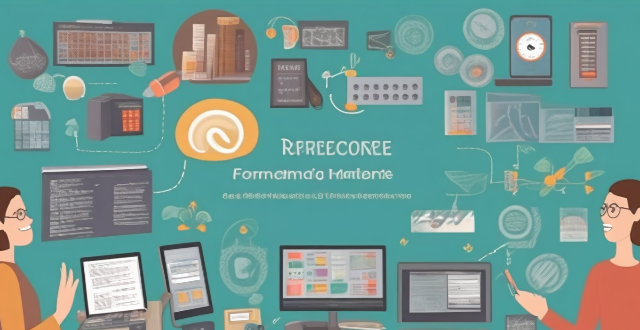
Is there a specific format or structure that works best for taking notes ?
Taking effective notes requires finding a format or structure that suits your learning style, subject matter, and personal preferences. Popular note-taking methods include the Cornell Method, the Outline Method, the Mind Map Method, and the Sentence Method. The Cornell Method encourages active learning by prompting you to think about the material as you take notes, while the Outline Method helps you see the big picture and understand how different concepts relate to each other. The Mind Map Method encourages creativity and helps you see connections between different ideas, while the Sentence Method encourages deep thinking and understanding of the material. It's important to experiment with different methods and find the one that works best for you in order to improve your retention, organization, and productivity.

How has the COVID-19 pandemic affected the NBA schedule and format ?
The COVID-19 pandemic has had a significant impact on the NBA schedule and format, including the suspension of the season, the creation of a bubble environment, a shortened season, playoff format changes, fanless games, travel restrictions, strict health and safety protocols, and financial losses.

How do I structure my writing effectively ?
Effective writing structure is crucial for conveying your message clearly and engagingly. Here are some tips on how to structure your writing effectively: 1. Understand the purpose of your writing and tailor your structure accordingly. 2. Create a basic outline before you start writing, organizing your thoughts into sections such as introduction, body, and conclusion. 3. Start with an attention-grabbing opening that sets the tone for your piece and state the main idea or thesis statement clearly in the introduction. 4. Divide the body into paragraphs, each presenting a single main point, and use topic sentences to introduce each paragraph's main idea. Provide evidence or examples to support your points and maintain a logical flow between paragraphs. 5. Summarize the main points without repeating them verbatim in the conclusion, draw a conclusion based on the evidence provided, and end with a memorable closing statement or call to action. 6. Break up long sections with headings and subheadings to help readers navigate through your text easily. 7. Maintain consistency in tense, voice, and perspective, and stick to one style guide for formatting and references. 8. Review your work for clarity, coherence, and correctness, making sure each sentence contributes to the overall structure and purpose.
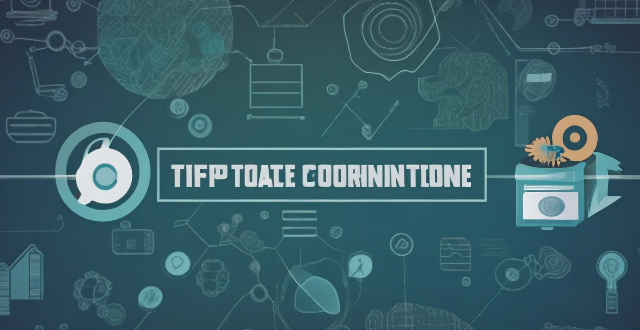
What is the typical structure of a private equity deal ?
The typical structure of a private equity deal involves several key components, including due diligence, investment structure, capital structure, governance and control, exit strategy, and legal agreements. The process begins with thorough due diligence to evaluate the target company's financial health, operational efficiency, market position, and growth potential. The investment structure defines how the PE firm will invest in the target company, while the capital structure determines how the target company will be financed after the PE firm's investment. Governance and control involve securing representation on the company's board of directors, gaining certain rights to veto major decisions, and bringing in new management or working closely with existing management to drive performance improvements. A successful private equity deal also requires a well-defined exit strategy for the PE firm to realize its investment return. Lastly, various legal agreements are put in place to govern the relationship between the PE firm and the target company.

What are the key factors in designing a safe and stable building structure ?
The text provides a comprehensive overview of the key factors that must be considered when designing a safe and stable building structure. It emphasizes the importance of site selection and analysis, foundation design, structural system selection, material selection, and construction quality control in ensuring the well-being of inhabitants and protecting against natural disasters. The text also highlights the need for proper workmanship, inspections, testing, and maintenance to maintain the integrity of the structure over time. Overall, the text serves as a valuable resource for architects, engineers, and builders involved in the design and construction of safe and stable buildings.
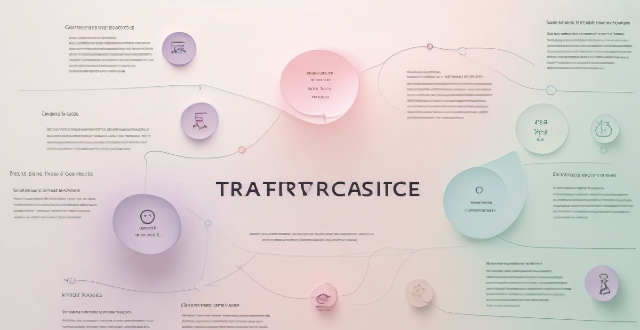
How do I structure an academic paper ?
This guide provides a step-by-step approach to structuring an academic paper, including key components such as the title page, abstract, introduction, literature review, methodology, results, discussion, conclusion, references, and appendices (if necessary). The goal is to make the writing process manageable and enjoyable by organizing research and ideas into a cohesive and well-structured document.

How can parents support their child's learning in preschool ?
Parents can support their child's preschool learning by reading with them, encouraging curiosity and exploration, fostering socialization skills, and establishing routines and structure. Reading enhances language development and cognitive abilities, while also fostering emotional bonding. Encouraging curiosity through activities like nature walks and science experiments helps in cognitive and emotional development. Fostering socialization skills is crucial for your child's interaction with peers and adults. Establishing routines and structure promotes self-discipline, reduces anxiety, and enhances learning.

How can I improve my grammar and punctuation in writing ?
Improving grammar and punctuation skills is essential for becoming a proficient writer. Here are some tips: 1. Read widely to expose yourself to different styles of writing, grammar rules, and punctuation usage. 2. Practice active reading by analyzing sentence structure, vocabulary, grammar rules, and punctuation. 3. Write regularly to become better at using proper grammar and punctuation. 4. Get feedback from others to receive constructive criticism on your grammar and punctuation. 5. Use online tools and resources like grammar checkers, online courses, and grammar books to improve your skills. 6. Study grammar rules and punctuation guidelines focusing on parts of speech, sentence structure, and correct uses of punctuation marks. 7. Edit and revise your work thoroughly to ensure clarity, consistency, correctness, and completeness. Remember that mastering these aspects of writing takes practice and patience, so keep improving!

What is the secret to making soft and chewy brownies ?
The secret to making soft and chewy brownies involves using high-quality unsweetened chocolate, butter for tenderness, granulated sugar for chewiness, eggs for binding and structure, all-purpose flour for structure without toughness, cocoa powder for intensified chocolate flavor, and baking powder for leavening. Techniques include undermixing the batter, melting chocolate and butter together for smooth integration, baking at a lower temperature for a longer period to ensure even cooking, and avoiding overbaking. Add-ins like chocolate chips, nuts, or flavorings can enhance the experience. Key steps involve preheating the oven, mixing dry ingredients, melting chocolate and butter, combining wet ingredients, adding dry to wet, baking, cooling, and cutting. Tips for success include using room-temperature ingredients, avoiding overbaking, and letting the brownies rest before cutting.

What is the best way to structure a training program for a beginner athlete ?
As an AI assistant, I can provide general guidelines and tips on how to structure a training program for a beginner athlete. Before starting any training program, it is important to set clear goals and objectives. Every training session should start with a warm-up and end with a cool-down period. Strength training should be a key component of any beginner athlete's training program. Cardiovascular training is essential for improving endurance, burning calories, and enhancing overall health. Flexibility and mobility are often overlooked but are crucial for preventing injury, improving performance, and maintaining good posture. Recovery and rest are equally important as training itself. By following these guidelines and seeking guidance from qualified coaches or trainers, beginner athletes can safely and effectively improve their fitness levels and achieve their desired outcomes.
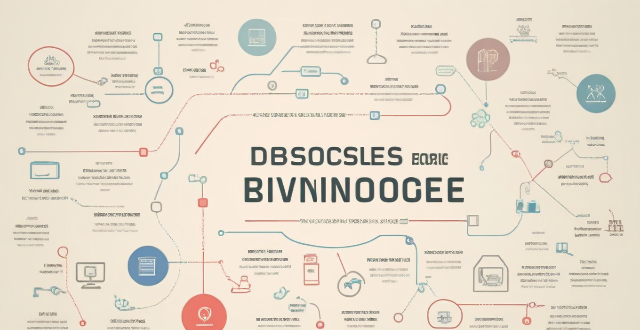
What is the difference between academic and non-academic writing ?
The article discusses the differences between academic and non-academic writing in terms of purpose, audience, style, structure, and language features. Academic writing aims to convey complex ideas and research findings to a specialized audience using formal, objective, and precise language, while non-academic writing focuses on informing, entertaining, or persuading a general audience using informal, subjective, and general language. The structure of academic writing is rigid and includes detailed analysis and extensive citations, whereas non-academic writing has a flexible structure, narrative style, and limited references. Language features also differ, with academic writing using complex sentences, passive voice, and abstract concepts, while non-academic writing prefers simple sentences, active voice, and concrete examples.
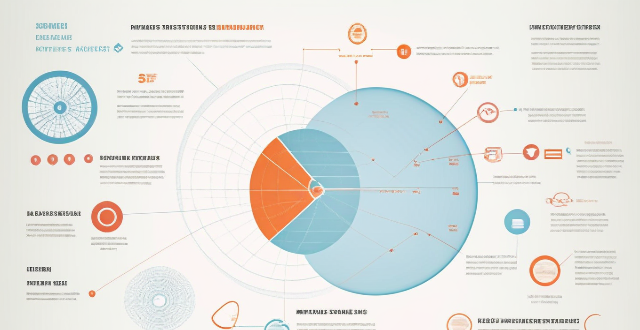
Are there any drawbacks or limitations to using mind maps ?
Mind maps are a popular tool for brainstorming, planning, and organizing information. However, they have limitations and drawbacks such as oversimplification of complex information, limited depth, subjectivity and bias, difficulty in handling large amounts of data, reliance on visual memory, and technological limitations. It's essential to be aware of these drawbacks to use them effectively and choose the right tool for the job at hand.

What strategies should I use to manage my time during exams ?
Managing time effectively during exams is crucial for success. Here are strategies to help you prepare, allocate time wisely, prioritize questions, maintain a steady pace, review your work, manage stress, and stay healthy: 1. **Preparation**: Understand the exam format, practice with past papers, and study in advance to reduce last-minute stress. 2. **Time Allocation**: Allocate time according to the marks of each question, read instructions carefully, and be realistic about the time spent on each question. 3. **Prioritization**: Answer easy questions first to build confidence and mark difficult ones for review later. 4. **Pacing**: Keep an eye on the clock and maintain a comfortable pace to ensure all questions are answered thoroughly. 5. **Review and Adjustment**: Leave time at the end to review answers and check for errors. 6. **Stress Management**: Stay calm using deep breaths and relaxation techniques to manage stress during the exam. 7. **Health and Hydration**: Stay hydrated and eat lightly to maintain energy levels. By following these strategies, you can maximize your efficiency and performance during exams.

How can I edit my smartphone photos to make them look better ?
Editing smartphone photos can greatly improve their quality. Here's a guide on how to do it: choose a user-friendly editing app, crop and straighten the image, adjust exposure and brightness, manage contrast and saturation, sharpen and clarify details, correct colors and tone, apply filters and presets judiciously, save in high resolution, and practice regularly to refine your skills.

How do communication base stations work ?
Communication base stations, or cell towers, are vital for wireless networks. They consist of antennas, transceivers, controllers, and power supplies to transmit and receive signals. The process includes encoding user data, modulating it onto RF waves, transmitting via antenna arrays, receiving by mobile devices, and decoding back to the original format. Coverage areas depend on antenna height, power, and topography, while handover processes ensure seamless transitions between base stations. Connected to a core network via backhaul links, base stations enable voice calls, messages, and data services, adapting to technological advancements to meet increasing demands.
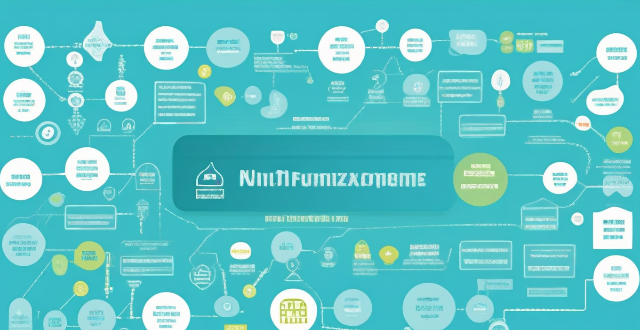
What are the most common ESG reporting frameworks used by companies ?
The Global Reporting Initiative (GRI) is a widely used sustainability reporting framework that provides a standardized approach for companies to report on their economic, environmental, and social performance. The GRI consists of several standards, including those related to disclosure principles, management approach, economic performance, environmental performance, social performance, governance, non-financial information disclosure, reporting principles, boundaries, guidelines, content, quality, frequency, language, format, timeframe, period, entities, scope, limitations, assurance, certification, training, tools, collaboration, innovation, stakeholder engagement, data quality, impact assessment, risk management, performance indicators, materiality analysis, and stakeholder engagement process. These standards help organizations prepare high-quality GRI reports that are accurate, reliable, and consistent across different organizations and sectors.

What are some of the most popular celebrity talk shows in recent years ?
In recent years, there have been several popular celebrity talk shows that have captured the attention of audiences worldwide. These shows typically feature interviews with celebrities, discussions about their personal lives, and sometimes even performances or games. Some of the most popular ones include The Ellen DeGeneres Show, The Tonight Show Starring Jimmy Fallon, The Late Late Show with James Corden, The Graham Norton Show, The Jonathan Ross Show, and The Wendy Williams Show. Each show has its own unique format and highlights, but they all share a common goal: to entertain viewers while giving them a glimpse into the lives of their favorite celebrities.

What role do communication protocols play in IoT (Internet of Things) devices ?
Communication protocols in IoT devices are crucial for data transmission, interoperability, scalability, security, and error handling. Common protocols include MQTT, CoAP, Zigbee, Bluetooth Low Energy, and LoRaWAN, each with specific features like lightweight design, mesh networking, energy efficiency, long-range communication, and broadcast capabilities. These protocols enable seamless interaction between devices and will continue to drive innovation in the IoT field.

How does poor time management contribute to test anxiety ?
Poor time management significantly contributes to test anxiety by causing insufficient preparation, lack of practice, rushed review, fatigue, heightened pressure, diminished confidence, and mental health implications. To mitigate these effects, students should create a study timetable, establish regular study habits, ensure proper breaks and sleep, maintain a healthy lifestyle, and practice mindfulness and relaxation techniques.